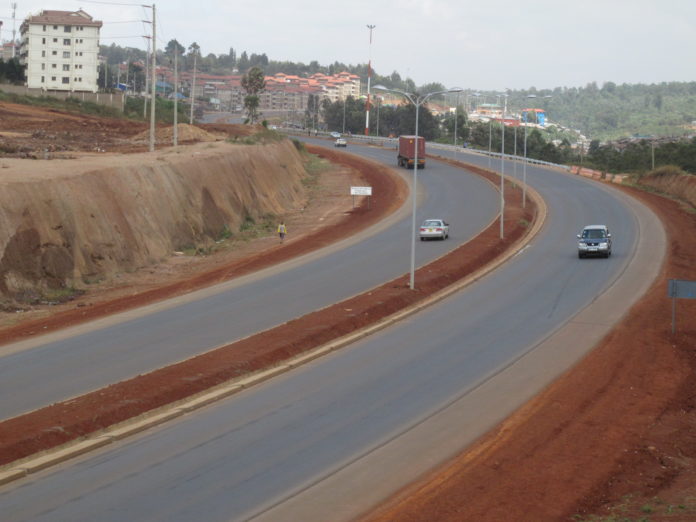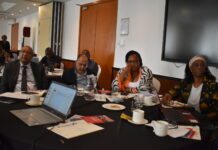By Nanjinia Wamuswa

The African Development Bank Group (AfDB) has approved USD 253.0 million of loans to the Governments of Kenya (USD 147.3 million) and Uganda (USD 105.7 million) for the upgrading of 118 km road section connecting the two countries as well as the construction of the 32 km Eldoret town bypass, in Kenya.
In an event that took place in Abidjan, Cote d’Ivoire on March 29, 2017, once completed in 2021, the project will contribute to improving the living standards of the 1.4 million people in the project zone of influence.
The AfDB loans will cover 89 percent and 88 percent of the Uganda and Kenya project costs respectively. The Government of Uganda and Kenya will each contribute 11 percent and 12 percent of their respective country project cost.
The upgrading of the 118km road connecting Kapchorwa (Uganda) to Kitale (Kenya) will provide an all-weather access for citizens, farmers and traders.
The project also includes a construction of a One Stop Border Post in Suam to facilitate trade between the two countries, travellers, and transport operators.
The upgrading of the road will reduce the travel time in Uganda (Kapchorwa-Suam) from 4hrs to 1.5hrs and in Kenya (Suam-Kitale) from 1.5hrs to 45 minutes.

The project area is very fertile and has high agricultural potential and the upgrading of the road from gravel to bitumen standard will facilitate the supply of farm inputs and evacuation of produce to major market centres.
The construction of the Eldoret bypass (32km) will reduce traffic congestion in Eldoret Town, by avoiding crossing of the city centre. Therefore, the average speed will increase from 26km/hr on the existing road to 42km/hr using the Eldoret Bypass.
The project outcomes are improved accessibility to traders and transporters using the border and people living in the project area with reductions in travel time, transport cost, increased mobility, and improved accessibility to economic and social facilities, and provision of market facilities, support to communities through access road and water supply.
The project complements Bank supported Irrigation Scheme and Drought Resilience and Sustainable Livelihood projects in Uganda and Kenya respectively.
says Amadou Oumarou, Director of the Infrastructure, Cities and Urban Development Department of the Bank says: “The proposed intervention is also in line with the Bank’s Ten Year Strategy and meets four of the High 5s by contributing to the integration of the EAC countries; improving the quality of life by providing socio-economic facilities to people in the zone of influence; increasing agricultural production through access to markets and the reduction transport cost, which lowers the cost of doing business that will play pivotal role in industrialization.”
The project design paid particular attention to road safety and health issues. The new design of the roads will minimize accident risks by speed calming measures and appropriate and clear signage. The project has road safety awareness campaign to the communities. The project also includes the refurbishment of post-crash care centre and the procurement of ambulance and theatre equipment.














